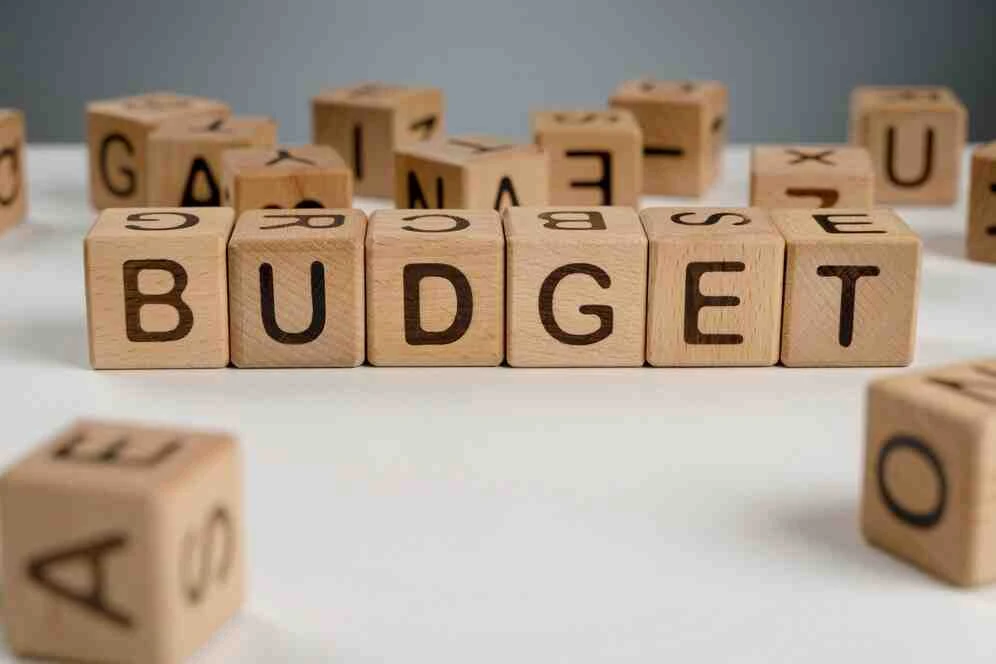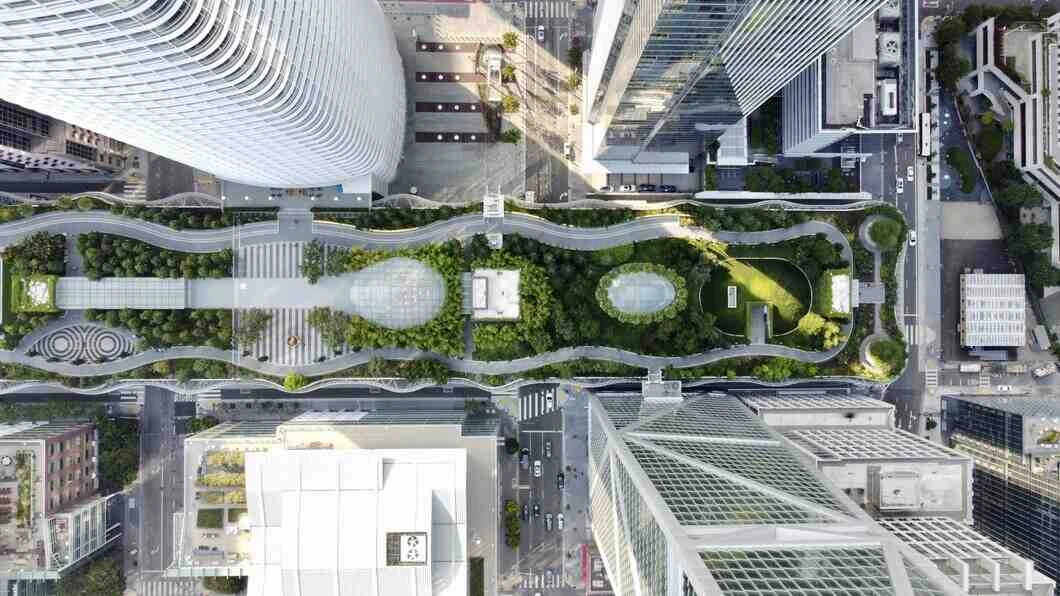
Streamlining Architectural Project Budgets: Tips for Cost-Effective Design
Understanding Your Client"s Budget
Before embarking on any architectural project, it"s crucial to have a deep and clear understanding of your client"s budget. Open and honest communication about financial constraints is essential from the very beginning. This initial dialogue lays the foundation for your design approach, allowing you to tailor your creative vision to meet the client"s financial expectations while still delivering an outstanding result.
Prioritizing Design Goals
In the pursuit of cost-effective design, the art of prioritization is paramount. It"s essential to identify the core objectives of the project and prioritize them accordingly. Determine which aspects of the design are non-negotiable and which can be adjusted to save costs. For example, if sustainability is a top priority for your client, focus on energy-efficient design strategies, even if it means cutting back on other elements.
Efficient Use of Space
Optimizing the use of space is a fundamental aspect of cost-effective design. Avoid excessive square footage that adds unnecessary construction and maintenance costs. Instead, focus on creating functional spaces that maximize utility while minimizing wasted areas. Clever spatial planning can lead to significant cost savings without sacrificing usability.
Sustainable Design for Long-Term Savings
Sustainable design isn"t just an environmentally responsible choice; it can also lead to substantial long-term cost savings for your clients. Consider incorporating energy-efficient features such as solar panels, efficient insulation, and passive design principles that not only reduce environmental impact but also lower heating and cooling costs over time.
Thoughtful Material Selection
Carefully choose construction materials that strike the perfect balance between cost and quality. Look for durable, locally sourced materials that align with your design vision and budget. Additionally, explore innovative building materials and construction techniques that can reduce construction costs without compromising structural integrity.
Harnessing Value Engineering
Value engineering is a systematic process that involves a thorough review of every aspect of a project to identify opportunities for cost savings. Collaborate closely with contractors and engineers to find more cost-effective solutions for structural components, mechanical systems, and other elements of your design. This approach ensures that every aspect of your project is both efficient and budget-conscious.
Embracing Technology for Efficiency
Harness the power of cutting-edge technology to streamline the design and construction process. Building Information Modeling (BIM) software, for example, allows for precise planning and coordination, reducing errors and minimizing construction delays. Technology can also help you make informed decisions about materials and systems that are both cost-effective and efficient, ultimately contributing to overall project savings.
Continuous Cost Monitoring and Control
Vigilance is key when it comes to keeping architectural project budgets on track. Implement a robust cost control system that continuously tracks expenses and identifies potential overruns early in the project. This proactive approach empowers you to make timely adjustments to keep the project within budget, preventing costly surprises down the road.
Flexibility and Adaptability in Design
In the dynamic world of architecture, flexibility and adaptability are invaluable traits. Be prepared to adapt and make adjustments during the project"s development. Unexpected issues may arise, requiring creative solutions to keep costs in check. An agile approach can help you navigate challenges without compromising the project"s quality or budget.
Maintaining Uncompromised Quality
While the focus is on achieving cost efficiency, never compromise on the quality of your design. Strive for excellence in every aspect of your work, ensuring that the final result meets or exceeds your client"s expectations. High-quality work not only contributes to the success of the current project but also cultivates satisfied clients who are more likely to refer you to others.
Conclusion
Streamlining architectural project budgets is an essential skill for architects who seek to balance creativity and fiscal responsibility. By understanding your client"s budget, setting clear priorities, embracing sustainable design, using technology effectively, and maintaining continuous cost control, you can create cost-effective designs that deliver exceptional value. Remember that achieving cost efficiency is not about cutting corners; it"s about making informed decisions that benefit both your client and the final project, fostering a legacy of excellence in your architectural practice.











